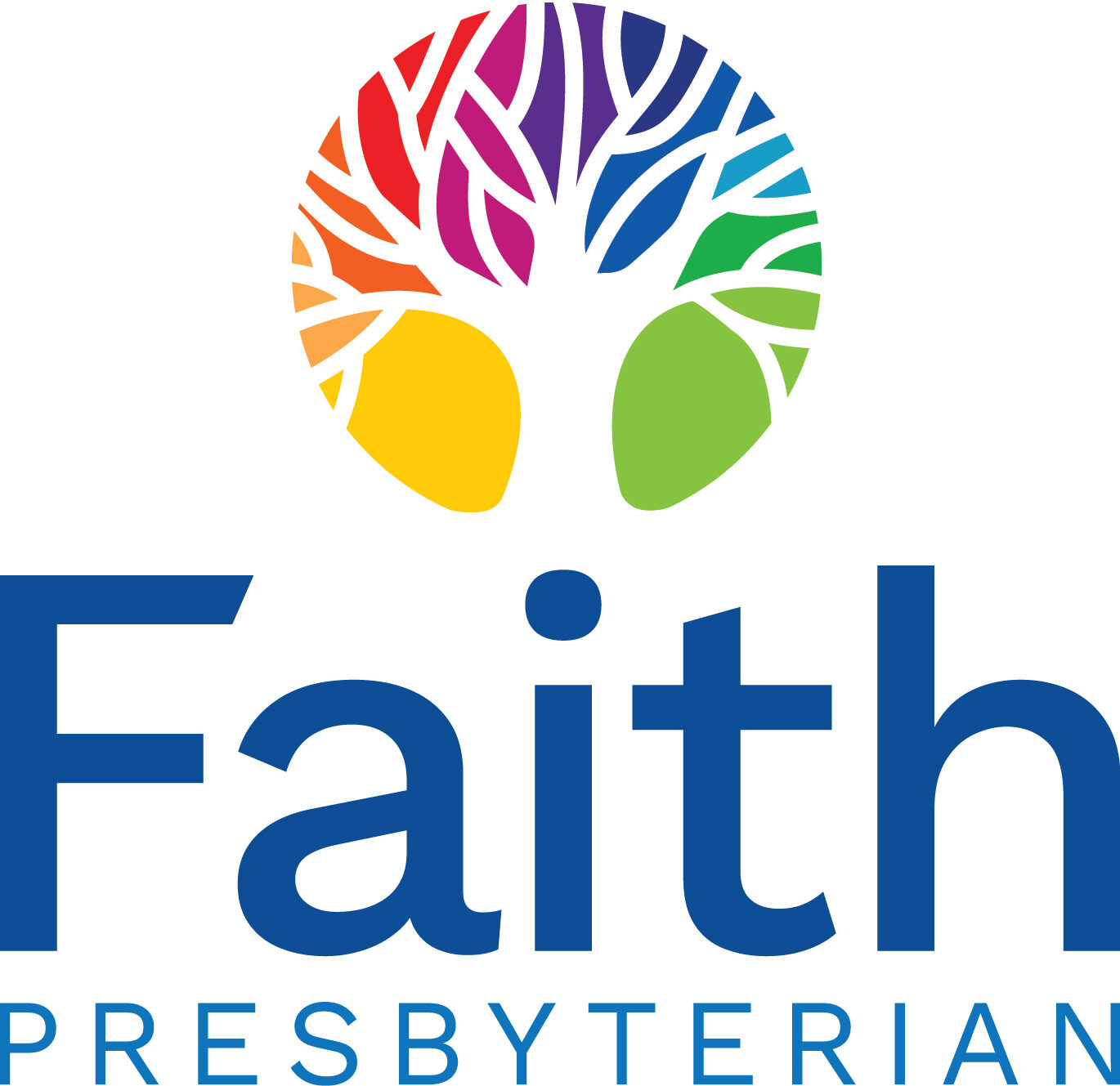Cat Goodrich
Faith Presbyterian Church, Baltimore, MD
February 19, 2023
The Lighthouse
Matthew 17
A couple of summers ago, Dary, the girls and I visited the Owl’s Head lighthouse on the Maine coast, near Rockland. We brought sandwiches and ate them on a picnic blanket in the grass, and the girls clamored around on the giant rocks that made up the shoreline on an inlet nearby. Once we’d eaten, we climbed a long set of steps to go up to the lighthouse. It’s not a tall building; a quaint, white brick structure situated on a high bluff overlooking Penobscot Bay.
Inside the lighthouse, a winding staircase, dark and steep, led us up into the light room at the top that held the giant lens – windows all around, of course, and a tremendous view of the sea, rocks jutting out into the water, waves crashing down below. It must have been July when we were there, because what I remember most was the HEAT – even with a breeze through the open windows – the light reflected and refracted by the lenses was intense, heating the air and shining everywhere you looked, impossible to avoid, bright and HOT. There is a metal walkway outside all around the room at the top of the light, and I stepped outside and leaned over the railing and breathed the fresh salt air, looking out at the brilliant blue choppy sea, and I can’t really explain it, but I just was overcome with something like awe: amazement at the beauty of the ocean, and gratitude for the devoted men and women who had kept the light burning for so long – since the lighthouse was established in 1825. The house wasn’t electrified until 1989, so for more than 150 years, a gas flame was tended through short hot summers and long, lonely winters. How many lives had they saved? How many ships had they safely steered through the rough waves and treacherous waters? How many long, impossibly hot summer days and nights had they ensured that the flame continued to shine?
I can’t help but think about that lighthouse when I read this transfiguration story. Bright, hot, impossible to miss – a beacon shining forth for all to see. This is the vision of Jesus. The rational part of my brain is tempted to explain this story somehow, make it make sense, or be more palatable for us 21st century Christians. But I don’t really think that’s what we’re meant to do here. This story is important – all three synoptic gospels include it – and we revisit it in one form or another each year the Sunday before the season of Lent begins. But why? This vision is miraculous, mysterious, far outside our realm of understanding and belief. Why is it central to the story of our faith? What difference does it make for us?
Look around. This Sunday we stand on the mountaintop together, looking ahead down the path into the valley. In the weeks to come, we will travel with Jesus and the disciples down from the mountain, making our way through Lent with him along the road to Jerusalem, where danger and death await. This vision is meant to give us a glimpse of who he really is, to reassure us that the terrible things to come will not be his undoing.
Seeing Jesus’ transformation, Peter, James, and John should have no doubt about who he is: the brilliant radiance of God in human form. And yet, they seem to have a hard time believing it. I would, wouldn’t you? In fact, they’re terrified: the brothers cower on the ground and hide their faces – Peter on the other hand is awestruck – he proposes a building project, perhaps wanting to designate that mountaintop as holy ground. As if we need an altar to do that.
The word transfiguration itself means a complete change in form or appearance – Jesus the man, transformed into a shining deity. The message is clear: Christ is both human and holy, divine. But I don’t know if the disciples are able to comprehend what that means… if having been shown his true identity, shining forth bright and hot, they know what to make of their friend and his teachings. I wonder, once the vision goes away and the disciples head back down the mountain, what changes for them, having seen this – having heard the voice of God call their friend beloved, and calling them to listen to him. How does a mountaintop experience – change us?
Mountains are places of mystical encounters – where truth is revealed and perspective is gained. Moses met God on the mountain, and received rules for living. The commandments for covenant community. A mountaintop experience can change how we see the world and our place in it. The overarching emotion of a mountaintop experience is AWE – “Awe is the feeling of being in the presence of something vast that transcends your understanding of the world,” according to a UC Berkley scientist.
Buddhist teacher “Sharon Salzberg defines awe as “the absence of self-preoccupation.” Moments of awe get us out of our own heads by right-sizing us, helping us “realize our place” in the grand scheme of things. Awesome feelings help regulate our emotions, deepen our breathing, stimulate the vagal cells around our brainstem. Awe is good for us! It reconnects us with what is true and gives us new energy with which to go about our work in the valley.
Seeing Jesus shining on the mountain, I can’t help but remember him saying “You are the light of the world,” and his instruction for us to shine our light for all to see. Bright, and hot. Impossible to miss. I remember what one of our bible study folks said as we engaged that text a few weeks ago – her take away was that we should all just let our light shine! By being ourselves, contributing whatever it is that WE do best.
And so maybe our takeaway from the transfiguration today could be this – 1) embrace awe as a spiritual practice. Seek it out. Take the unknown path, make space to encounter that which we cannot explain, beauty that takes our breath away – this is part of the preparation that strengthens us for the journey ahead. Awe builds our emotional endurance, and it is something we can find when we slow down and take time to notice the world around us with fresh eyes.
2) Christ, who shone like a beacon, hot and bright like a lighthouse guiding ships safely to shore – calls us to shine our light, too. To be our awesome selves, to contribute whatever it is that makes us come alive, to further his work of peace, love, and justice in our world. Trust that when you offer what you can, the spark in you glows more brightly. Shining forth for all to see. God tells us to listen to him – do not be afraid! Shine!
We can’t stay on the mountain. Just like the disciples, we’ve got to go back down, back into the fray. Peter, James, and John were heading with Jesus towards Jerusalem, into conflict and condemnation, suffering and death, disappointment and grief. And we are heading out into a broken world with our own faults and frailties, our worries, shame, and doubt. But awe quiets the voice within, puts our worries in perspective and helps us hear the voice of the one who made us, whose love is strong enough to sustain us through whatever may come – you are beloved. Let your light shine! Do not be afraid!

